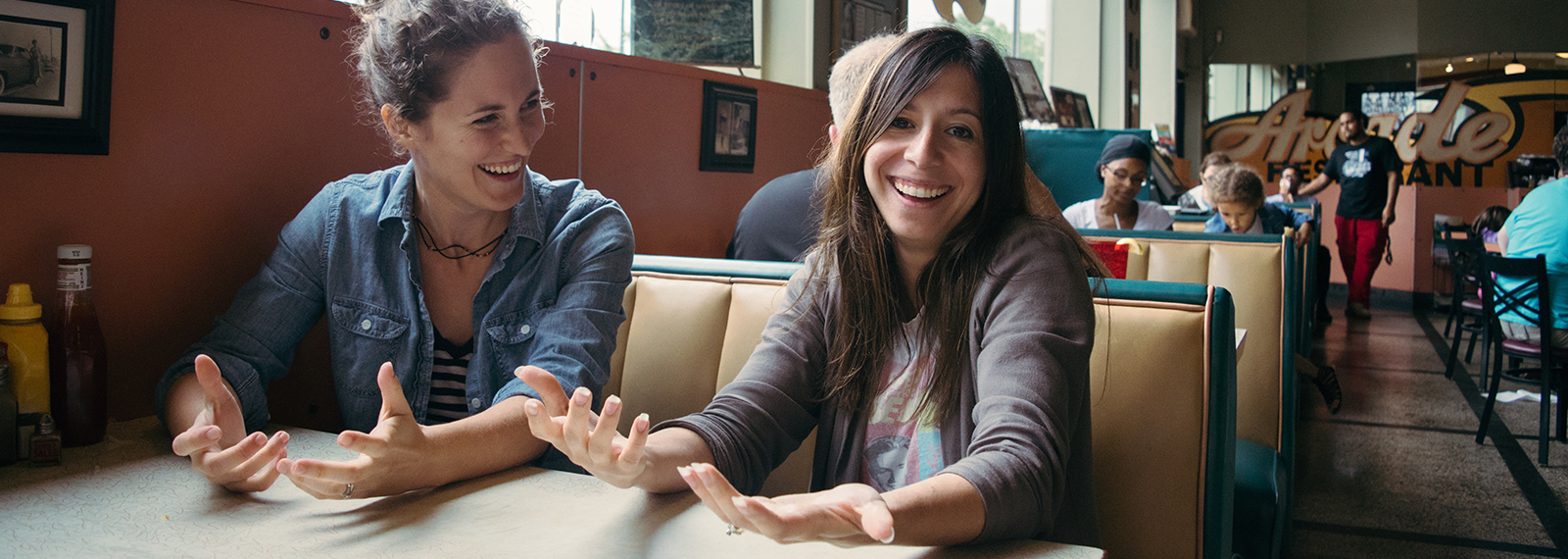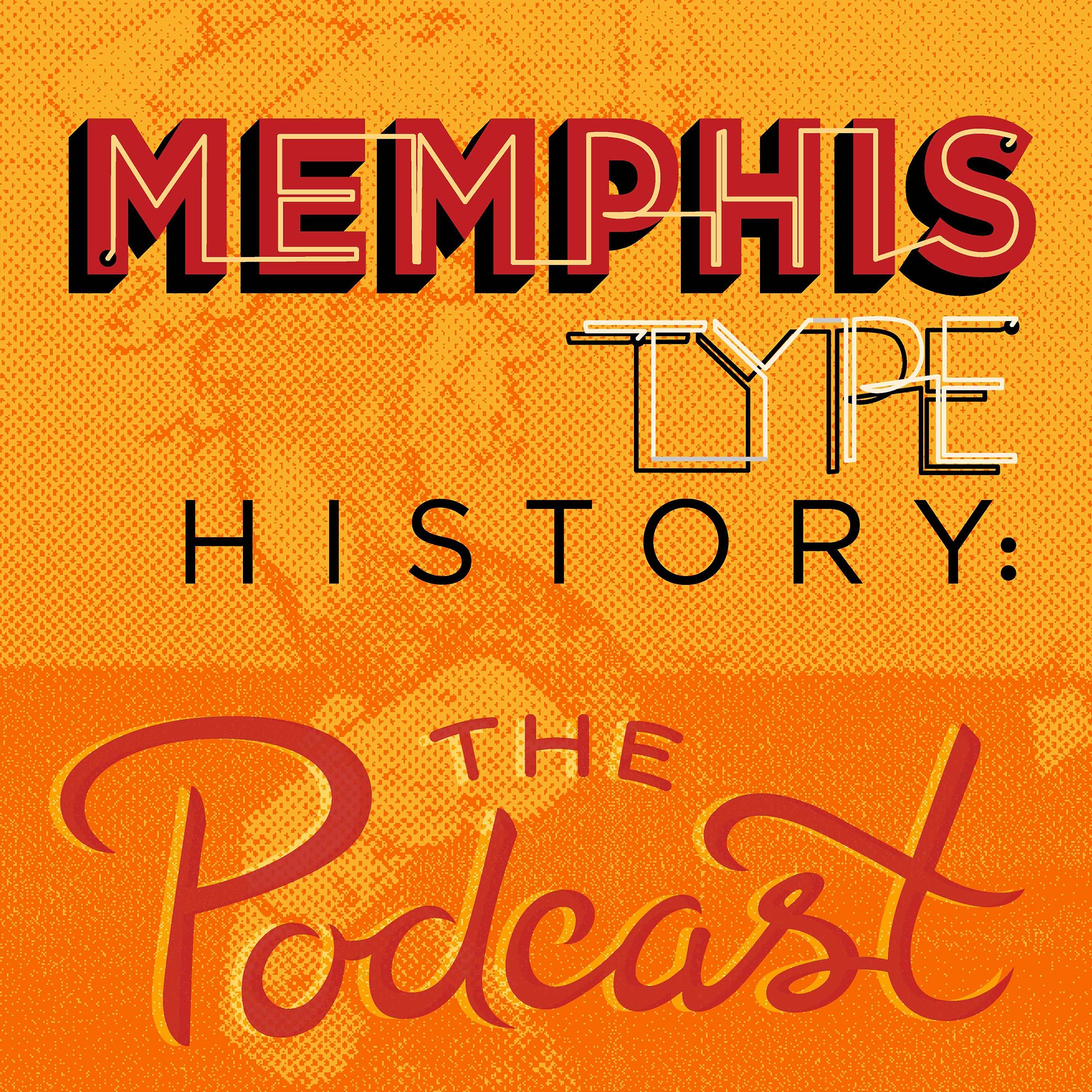Episodes

Monday Jan 22, 2018
Surviving the Bomb: Memphis' Famous Fallout Shelter
Monday Jan 22, 2018
Monday Jan 22, 2018
In this episode of Memphis Type History: The Podcast, we talk about something that has come up more lately than many of us would've expected: fallout shelters. Learn about Memphis' history of one particular famous safe place and how it drew criticism from the state controlled press in Russia at the time.
It was a time of terror and wonder. No, we're not talking about a few weeks ago when that accidental message made Hawaiians think a bomb was heading for them... we are talking about the Atomic Age when the Soviet Union was talking about building a bigger and better bomb to compete with the U.S. Meanwhile, the U.S. had picked a spot in a desert not too far from Las Vegas to test our own nukes. From 1951-1992 there were a total of 928 explosions at the site. 100 above ground tests of these nuclear bombs happened between 1951 to 1962.
This was a pretty big deal for Las Vegas because of the tourist attraction it became. People could watch the mushroom clouds blossom in the distance. Casinos offered mushroom cloud souvenirs, atomic cocktails, and the Miss Atom Bomb beauty pageant.
So what would Caitlin do if there was a real bomb threat? You'll have to listen to find out.. but Rebecca does give her a brief history on the plans Memphis had during the Atomic Age, should a bomb threat arise.
In the 1950s, the goverment printed millions of bright yellow pamphlets called, "Be Safe from the H-Bomb." These were inserted in copies of The Commercial Appeal and Memphis Press-Scimitar. All it basically said was to get out of the city quickly. Even with a two-hour notice of a bomb arriving (which is about the time they were able to give) this seemed like an impractical plan to have everybody try to pack up and leave the city in that time span.
So a new plan was developed to take shelter instead of run away. Memphis set up 279 shelters with 251 of them fully stocked with food. Special sanitation kits, water, toilet paper and other necessities were provided but not beds, chairs, or cots. And the instruction was to walk to one of these shelters, not drive.
One particular shelter has a quite a story. It was a built by Hoyt B. Wooten who full-filled his boyhood dream by building one of these in his backyard.
Hoyt B. Wooten was the owner of the radio station WREC, member of the Kiwanis Club and director of the National Association of Regional Broadcasting Stations in the U.S. In 1958 he paid $12,000 for 27 acres to build a home in Whitehaven on Highway 51. The house was built in 1962 at a cost between $150,000-$200,000.
He then designed and engineered the equipment of a shelter that was 5,600 sq. ft., made to house 56 people for up to 31 days following a nuclear blast. The ceilings were 9.5 feet high with foot thick steel enforced concrete. Wooten believed it would take a 20-megaton bomb falling eight miles away to disturb them.
The shelter had its own electrical supply, its own water supply (Water came from wells 93 feet below the ground. There was even a pumping system in case of flooding), its own air purification system (Wooten used this to pump Chanel No. 5 for his kids' events), a library with a collection of books, current periodicals such as LIFE and TIME Magazines, and Wooten's collection of National Geographic.
One Commercial Appeal article goes into even greater detail...
"There was a film library, a pool table, Ping Pong table and a dart board. There was a kitchen to prepare meals for all the guests and pantries to store food for the duration of the 31-day cooling off period.
The guests would be housed in dormitories with bunk beds, separate restrooms for men and women, and sliding panels in the dormitories to provide some separation for different age groups."
The heart of the shelter was a communications system including AM and FM radio receivers, a remote control TV set, a movie screen with 25 feature films, and telephones.
The shelter was lit by custom built fixtures with multiple switches. My personal favorite is the lighting in the kitchen window to give the ambience of daylight. If all the main lights were turned off, dim 7.5-watt bulbs automatically turned on so the rooms would never be completely dark. And then they also had candles in brackets along the walls in case of a black out.
In conclusion, this was not your average fallout shelter. In fact, it was so well publicized that it drew criticism from the state controlled press in Russia at the time. Perhaps they were upset because they want to break us. (Don't know that quote? Find it in this U.S. Cold War propaganda film from the 80's)
For full show notes go to memphistypehistory.com/fallout


No comments yet. Be the first to say something!